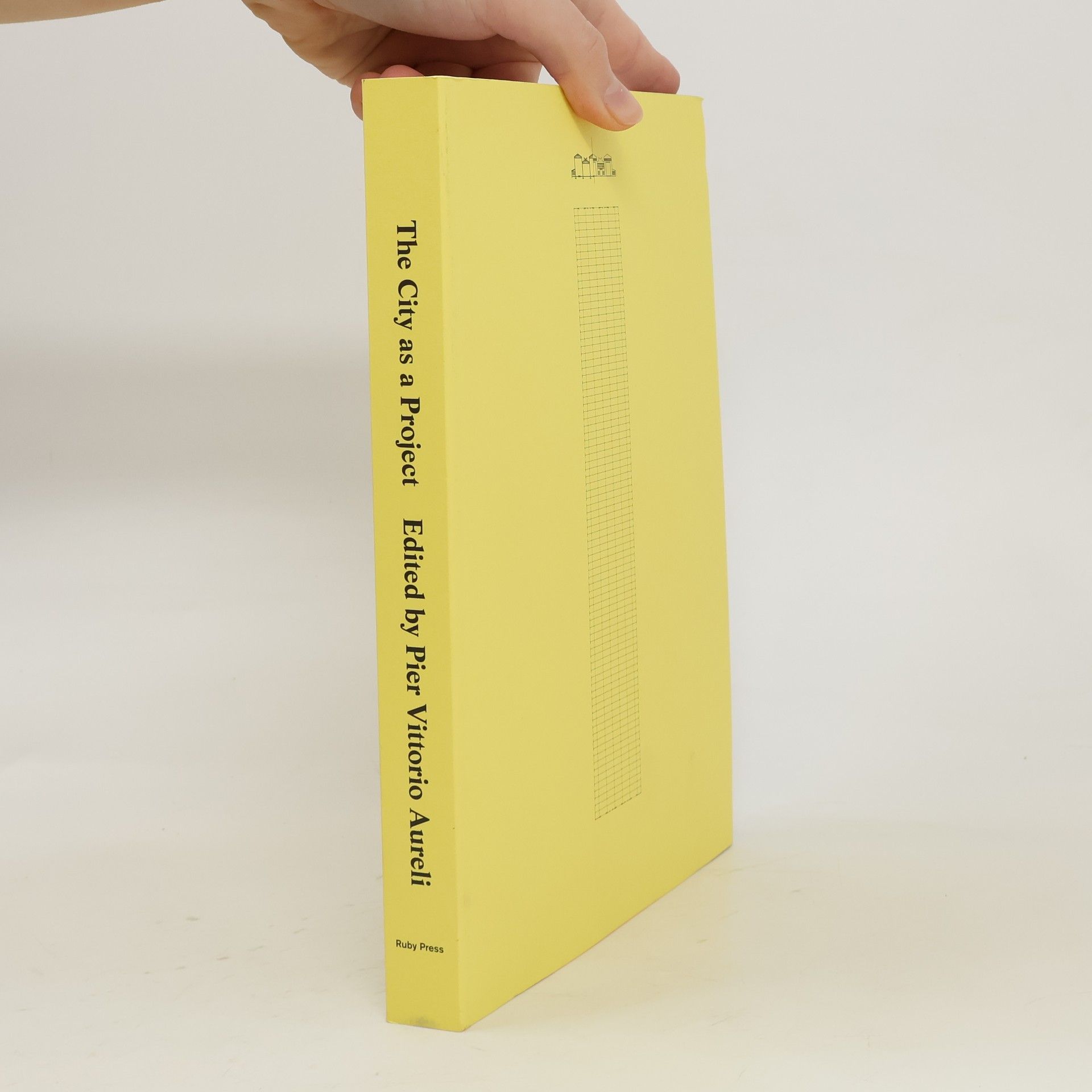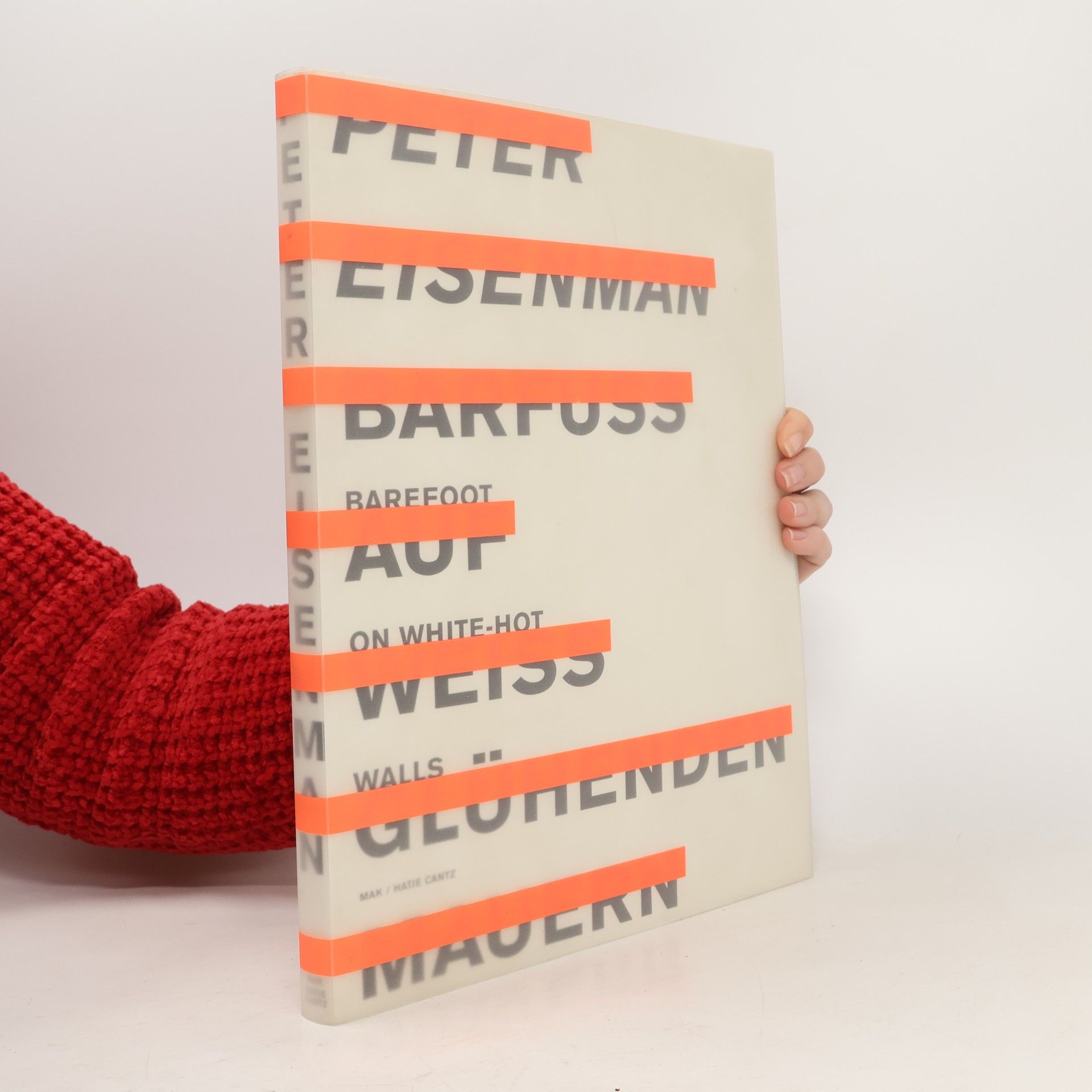The Possibility of an Absolute Architecture
- 251pages
- 9 heures de lecture
Architectural form reconsidered in light of a unitary conception of architecture and the city.
Pier Vittorio Aureli est un théoricien influent de l'architecture dont le travail s'engage profondément dans la relation entre l'architecture, la politique et la société. Ses analyses se concentrent sur l'examen critique des concepts d'autonomie et d'idéologie dans la conception architecturale. Aureli explore comment les formes architecturales et les structures urbaines peuvent à la fois refléter et façonner les relations sociales et les idéaux politiques. Son écriture nous met au défi d'adopter une approche réfléchie de la conception, en tenant compte des implications plus larges des choix architecturaux.





Architectural form reconsidered in light of a unitary conception of architecture and the city.
Fragments of the many practices of the American architect Peter Eisenman are the subject of Barefoot on White-Hot Walls , published in conjunction with the exhibition at the MAK, Vienna. This volume gathers critical texts by Peter Eisenman and other authors, including Mark Wigley and Emmanuel Petit, ample project illustrations from Eisenman's entire career, including the Memorial to the Murdered Jews of Europe in Berlin, and the City of Culture of Galicia in Santiago de Compostela, as well as documentation of the exhibition installation itself. Both the catalogue and the exhibition are collections of autonomous fragments of different moments in Eisenman's varied practice as an architect, including design projects since the 1970s, building analyses, lecture excerpts, biographical information and critical writings. It is as much a retrospective of nearly 40 years of Eisenman's work as it is a document that considers the contemporary relevance of some of his key architectural concepts.
The Project of Autonomy radically readdresses the concept of autonomy in politics and architecture by tracing a concise and polemical argument about its history in Italy in the 1960s and early 1970s. Architect and educator Pier Vittorio Aureli analyzes the position of the Operaism movement and its intersections with two of the most radical architectural-urban theories of the day: Aldo Rossi's redefinition of the architecture of the city and Archizoom's No-stop City. The book draws on significant new source material, including recent interviews by the author and untranslated documents.
"A history of the relationship between modern architecture and abstraction"-- Provided by publisher
The city is often depicted as a sort of self-organizing chaos. This collection of essays ; edited by Pier Vittorio Aureli ; makes the case for the opposite hypothesis: The city is always the result of political intention ; often in the form of specific architectural projects. Cities are shaped not only by material forces ; but also by cultural and didactic visions. This thesis is substantiated by eight thoroughly researched essays scrutinizing a fascinating line-up of urban conditions across more than two thousands years of history: from the political theology of the Islamic city to the political economy of Renaissance architecture ; from the rise of public architecture in 17th-century France to the laissez-faire development of the contemporary Greek city ; from the exemplary teachings of Jean-Nicolas-Louis Durand to the collaborative work of Hannes Meyer ; and from the plan of the Mesoamerican metropolis to that of the Fordist factory floor. In challenging the split between theory and practice ; The City as a Project reveals the powerful ways in which the city arises from the constant interaction between ideas and spatial conditions.